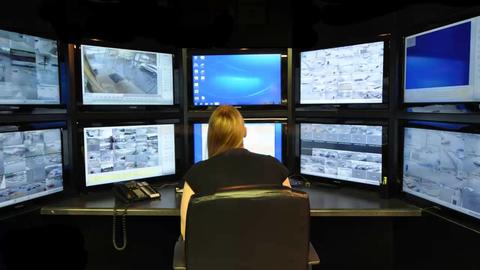Summary
Video evidence from Closed Circuit Television (CCTV) Digital Video Recording (DVR) systems is a powerful resource for forensic investigations. Industry lacks a common standard for exporting video from CCTV systems for subsequent analysis. Often, this necessitates data conversion, which results in degraded image quality, loss of metadata, and costly delays. NIST is working with Law Enforcement, Industry, and the Standards Community to establish a standardized digital video data exchange format.
Description

NIST is working to develop a data export standard in conjunction with the stakeholder community. The goal of standardization is to increase evidentiary value and timeliness of CCTV video data; and to facilitate interoperable data sharing between CCTV/DVR owners and Law Enforcement; as well as among local, state and national law enforcement agencies.
Based on communication with Industry and hands-on laboratory investigation, NIST researchers have observed that numerous file formats are used to export video data from different vendor CCTV/DVR systems. Yet, nearly all utilize internally the MPEG-4, Part 10, H.264 Advanced Video Coding standard. Leveraging this commonality, a video export standard profile is emerging to meet community needs. The recommended solution includes a flexible standard file container (MP4) wrapping a standard encoded video stream (H.264), and standard date and time metadata embedded in each video frame. Assuming this extensible proposed base standard gains acceptance through an appropriate standards body, over time, we would envision the incorporation of additional metadata, and the transition to H.265 as implementation broadens.
PUBLICATIONS
Recommendation: Closed Circuit Television (CCTV) Digital Video Export Profile -Level 0, NISTIR 8161
Assessment of Closed Circuit Digital Video Recording and Export Technologies, NISTIR 8172
RESOURCES
- XML schema files and XMP example file provided in NIST 8161
- Example video files referenced in NISTIR 8172
- Illustrative description of WEB3.mp4 file contents

